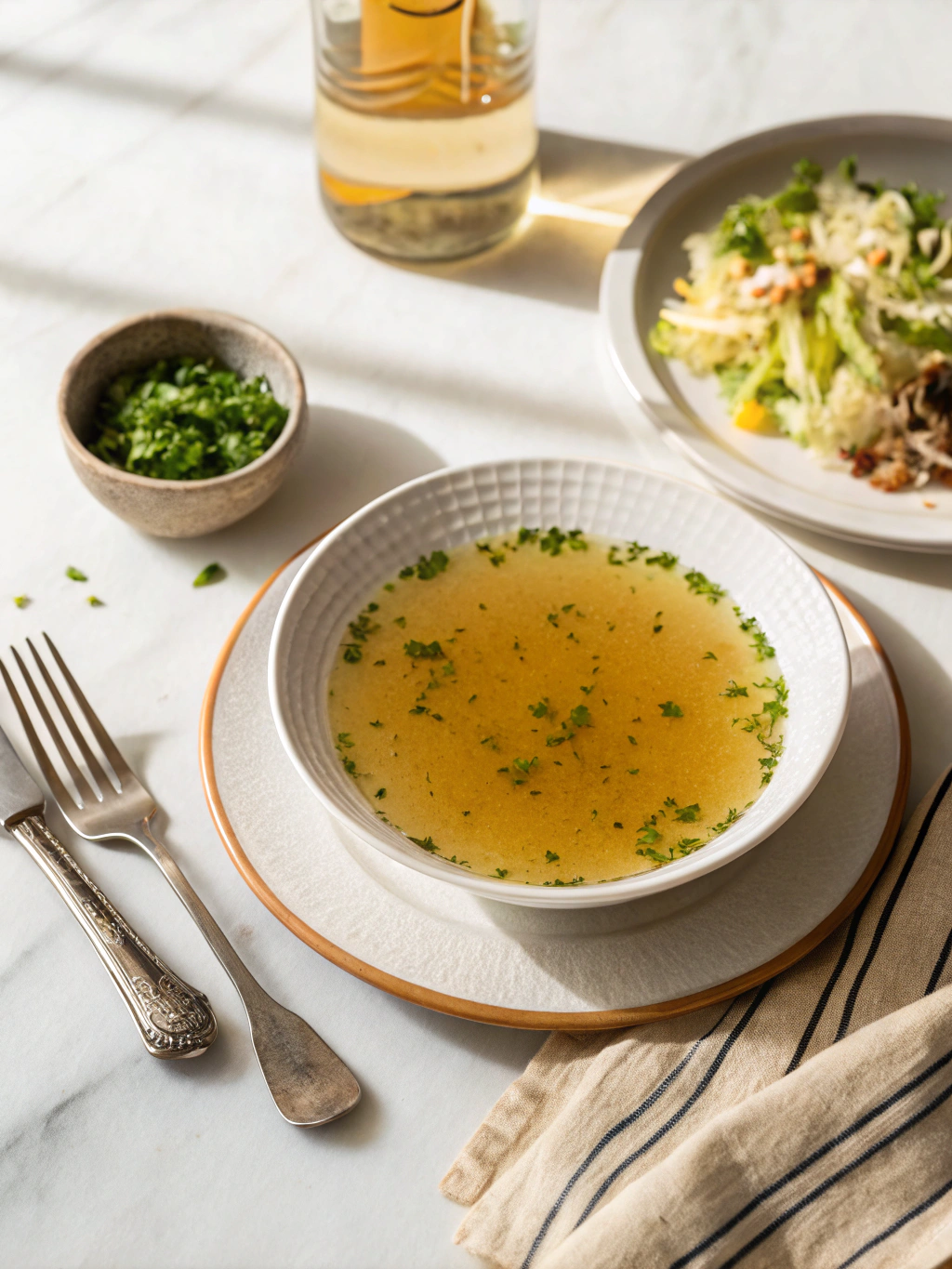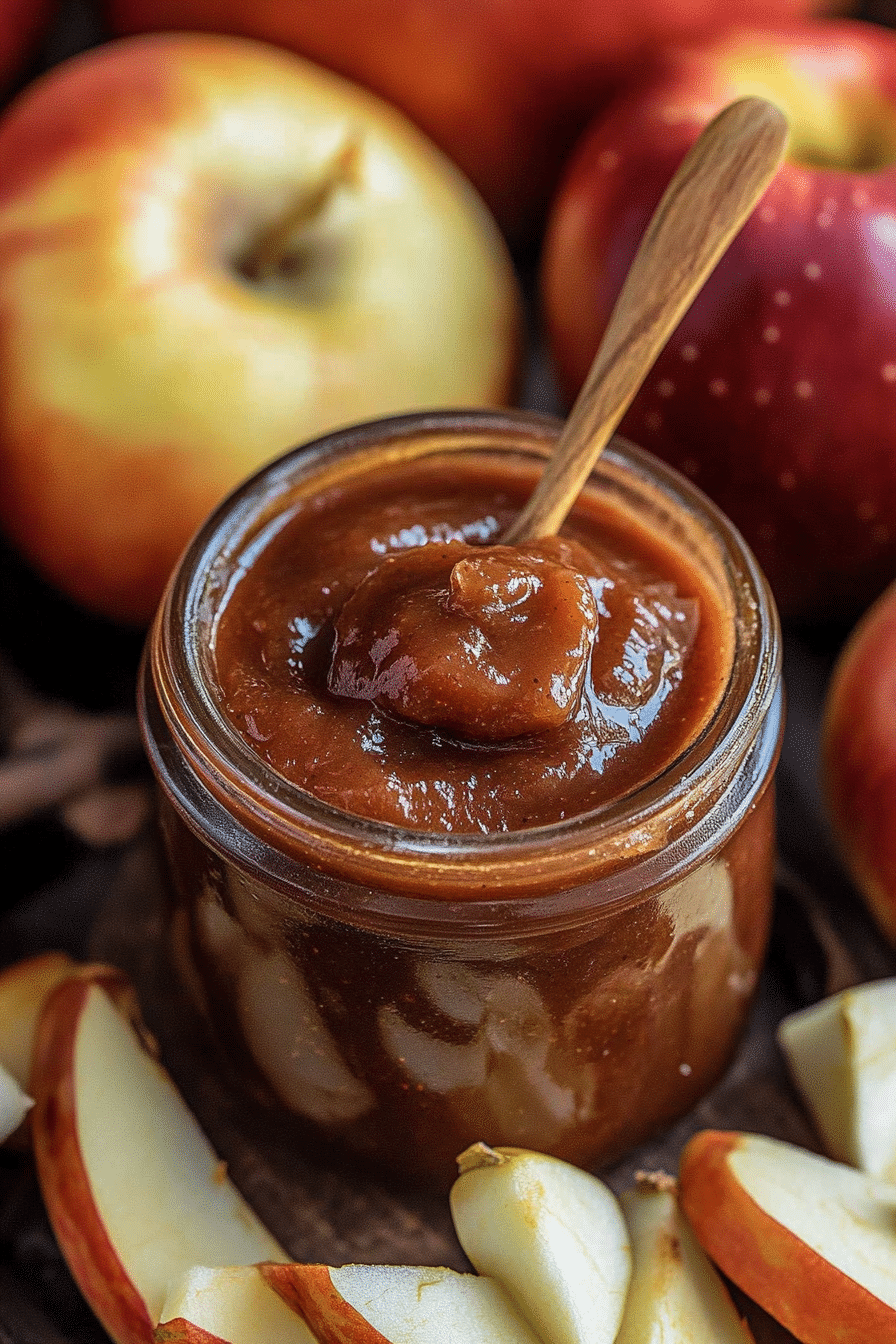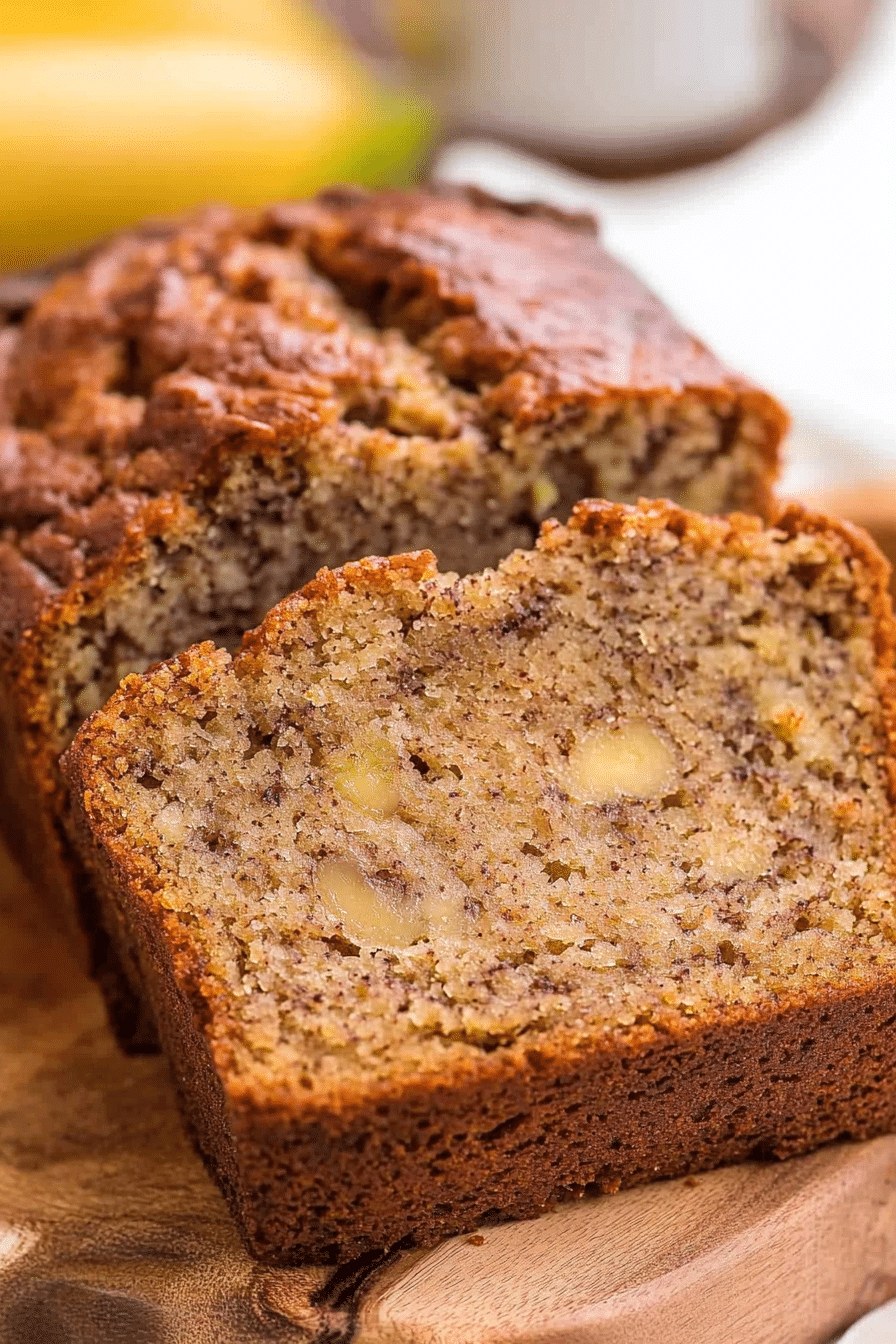Creating a perfect bone broth at home is an art and a nourishment ritual that many cherish for its health benefits and rich flavors. When you learn how to make bone broth correctly, avoiding common pitfalls can elevate your culinary skills to new heights. Whether it’s the depth of flavor you seek or the health advantages, understanding the nuances of a perfect broth is essential.
Ingredients List
The quality of your bone broth largely depends on the ingredients used. A rich, flavorful broth starts with sourcing the right elements. Below is a list of essential ingredients you’ll need to make bone broth that is not only nutritious but also bursting with flavor.
- 2-3 pounds of mixed beef or chicken bones
- 2 medium-sized carrots
- 2 stalks of celery
- 1 medium onion
- 4 cloves of garlic
- 2 tablespoons of apple cider vinegar
- 8-10 cups of water, or enough to cover the bones
- Herbs and spices (peppercorns, bay leaf, thyme)
- Salt to taste

Sourcing quality bones from organic or grass-fed animals will make a significant difference. The apple cider vinegar helps extract minerals from the bones, making your broth even more nutritious. Don’t hesitate to make bone broth your way by adding different herbs and spices tailored to your taste preference.
Timing
Timing is crucial when it comes to developing the deep flavors that everyone loves in a good bone broth. Cooking time varies depending on the type and purpose of the broth. Understanding when and how long to simmer can be the key to avoiding bitter notes and cloudy broth.
For chicken bones, a simmer of 6 to 8 hours is typically recommended. If you’re using beef bones, plan for a fuller day, around 16 to 24 hours to ensure you extract all the possible flavor and nutrients. The extended simmering allows the collagen to break down into gelatin, which is what gives the broth its desirable jelly-like consistency.
The key to knowing when your broth is ready lies in its aroma and look. It should have a rich, deep color and a robust, hearty smell. You might also notice when celery and onions become translucent, that’s an indicator of flavor extraction. If an off-flavor arises, consider starting over, as it might mean some elements have overcooked or were impure.
Step-by-Step Instructions
Step 1: Prep the Ingredients
Begin by roasting the bones for about 30 minutes in a preheated oven at 400°F (200°C). Roasting them increases the depth of flavor and gives your broth an appealing, rich color. As you wait, chop the vegetables coarsely, as they will be simmered for a long time.
Step 2: Start the Boil
Place the roasted bones in a large stockpot and add water to cover. Mix in the apple cider vinegar. Allow the pot to sit for about 30 minutes. This step helps release more nutrients from the bones and improves the broth’s nutritional value, akin to a basic bone broth recipe.
Step 3: Simmer and Skim
Bring the water to a boil and then reduce to a very gentle simmer. The surface of the pot should appear to be softly bubbling. Skim off any foam or impurities that rise to the surface during this initial boiling phase. This prevents the broth from becoming bitter.
Step 4: Add Aromatics
Add carrots, celery, onions, garlic, herbs, and spices to the pot. Continue to simmer on low heat, covering partly to retain moisture. It’s wise to use fresh herbs for the Best flavor release, although dried herbs can be used in a pinch.
Step 5: Strain and Store
Once the broth has simmered for sufficient time, strain the liquid using a fine mesh sieve to remove the solids. Allow it to cool before moving it into storage containers for refrigeration or freezing. Ensure that fat is removed before storage to prevent souring. Efficient storage practices align with our Storing Bone Broth Efficiently guide.
Nutritional Info
Bone broth is packed with nutrients vital for health and wellness. From replenishing muscle tissues to glowing skin, the benefits are abundant. Each serving typically contains around 30 calories, 6 grams of protein, and a small amount of fat. What makes it stand out nutritionally is the collagen, which is well-known for skin hydration and joint health.
Aside from collagen, bone broth provides amino acids and important minerals like calcium, magnesium, and phosphorus without adding too many calories to your diet. These nutrients can also support a healthy gut, thanks to the gel-like consistency created by gelatin. Exploring the health benefits of bone broth further enhances appreciation for its nutritional values.
Recent nutrition trends have seen bone broth being used not just for soups or stews, but also as a convenient snack or meal replacement during fasting. Integrating it into diets for weight loss through fasting has gained popularity for its richness in nutrients with low calories.
Healthier Alternatives
Many look to bone broth as a way to improve health-related issues. But if the traditional ingredients don’t fit your dietary needs, there are alternative ways to how to make bone broth that accommodate specific requirements.
Vegetarian or vegan adaptations can be made using vegetables, seaweed, and mushroom extracts that provide umami flavor profiles similar to traditional bone broth. Avoiding animal products doesn’t mean sacrificing nutrition; just ensure and pay attention to balancing amino acids.
For a lower sodium broth, limit added salt and consider using potassium chloride or seaweed for seasoning and minerals. This aids in maintaining heart health and reducing blood pressure risks.
Serving Suggestions
Now that your bone broth is prepared, the ways to relish it are endless. You can drink it straight, seasoned with a little salt and pepper, or as a base for your favorite Soup Recipe. It serves well as a starter, paired with simple veggies in a soup for a warm but light meal.

This versatile broth can be used everywhere from grain bowls to risottos. The savory richness adds delicious depth, transforming even a humble dish into something extraordinary. Consider pairing bone broth with meals like roasted chicken, seared steaks, or even fresh bread for a comforting supper.
Common Mistakes to Avoid
To ensure a successful broth, avoid these frequent errors:
- Over-boiling: An aggressive boil can break down the proteins, making the broth cloudy. Keep it at a gentle simmer.
- Skipping Skimming: Not skimming the foam off in the beginning results in an off-taste.
- Not Roasting Bones: This step deepens flavor dramatically, never ignore it.
- Insufficient Cooking Time: To make bone broth truly nourishing, let it simmer sufficiently to break down bones completely.
Understanding these common pitfalls ensures consistency and quality every time you make bone broth.
Storing Tips
Storing bone broth efficiently is crucial to preserve its flavor and benefits. It should be cooled and refrigerated within two hours of cooking to prevent bacteria growth. Store it in airtight containers or mason jars, leaving space for expansion if freezing.
Bone broth can last in the refrigerator for up to five days, while freezing can extend its life to three months. For ease of use, store broth in smaller portions using ice cube trays for quick heating and single-serve uses.
Always label your containers with dates and avoid thaw

make bone broth
Ingredients
Main Ingredients
- 4 lb Beef bones Marrow and knuckle bones recommended
- 2 cups Onion Roughly chopped
- 2 cups Carrots Roughly chopped
- 2 cups Celery Roughly chopped
- 1 tbsp Apple cider vinegar
- 1 tsp Black peppercorns
- 1 tsp Sea salt Or more to taste
- 12 cups Water
Instructions
Preparation Steps
- Roast the bones at 400°F (200°C) for 30 minutes.
- Place the roasted bones in a large stockpot. Add the onion, carrots, celery, apple cider vinegar, peppercorns, and salt.
- Pour water into the pot to cover the bones and vegetables. Bring to a boil, then reduce heat to a simmer.
- Simmer for at least 4 hours, or up to 24 hours, skimming off any foam that rises to the surface.
- Strain the broth through a fine-mesh sieve lined with cheesecloth. Discard the solids.
- Let the broth cool, then refrigerate or freeze for later use.
Notes
Featured Comments
“Impressed! Clear steps and spot on results. Perfect for busy nights.”
“New favorite here — absolutely loved. crowd-pleaser was spot on.”
“Super easy and turned out amazing! My family asked for seconds. Saving this one.”
“This sweet treat was absolutely loved — the cozy really stands out. Thanks!”
“Made it tonight and wow — perfect for busy nights! Will definitely make make bone broth again.”
“Packed with flavor and so simple. Exactly what I wanted from make bone broth.”












